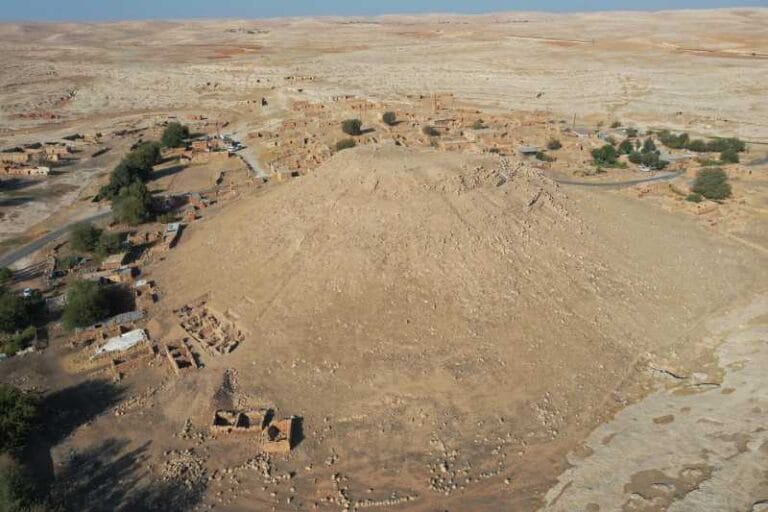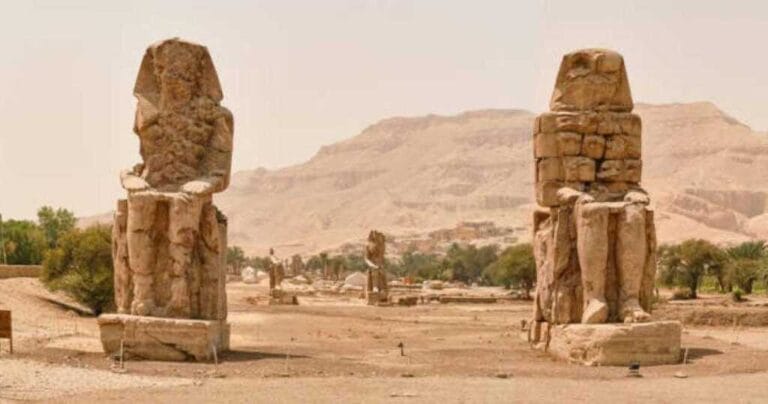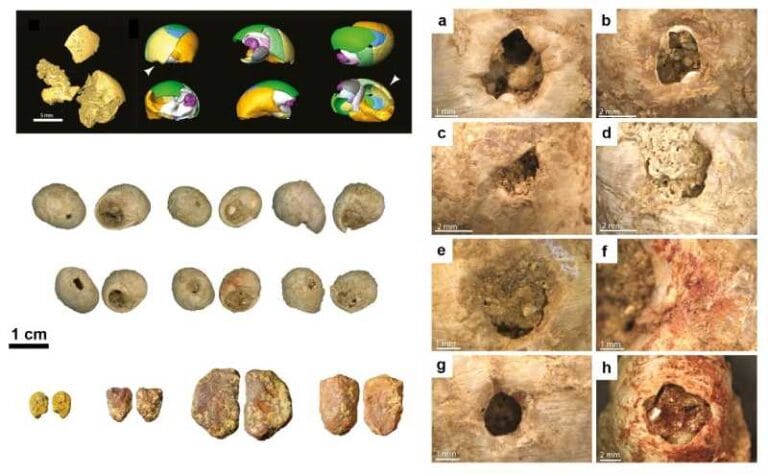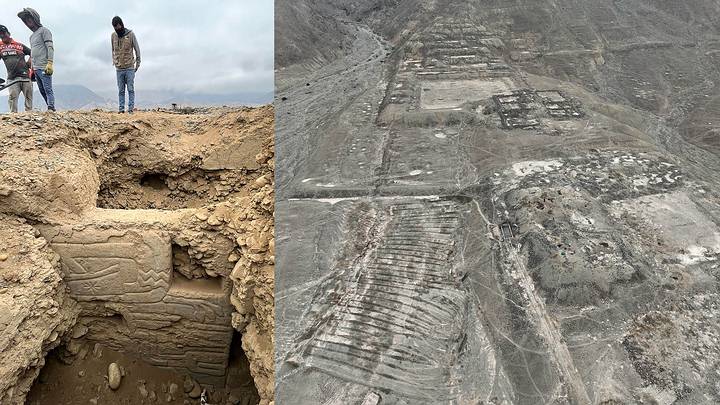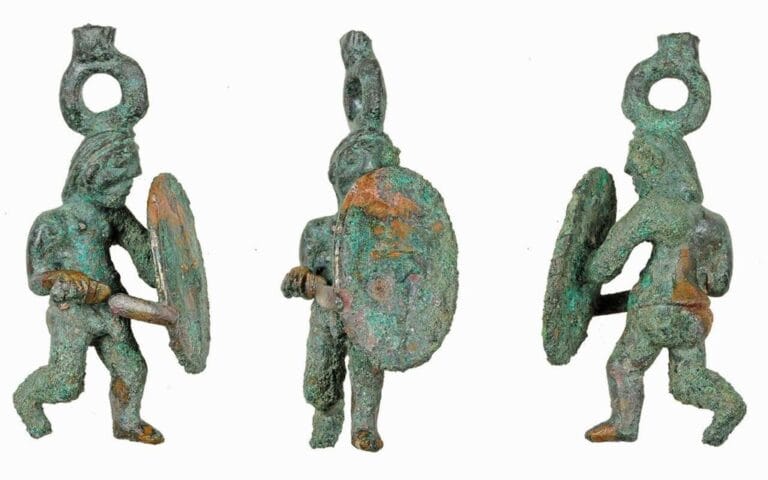Hidden cavities on the east face of the Pyramid of Menkaure in Giza
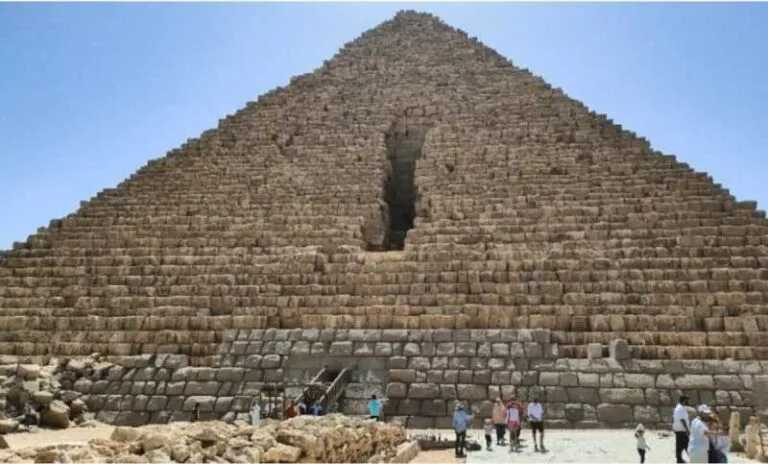
An international team of researchers has identified two air-filled cavities behind the east face of the Pyramid of Menkaure on the Giza Plateau. The discovery provides scientific evidence supporting the hypothesis that a secondary entrance may exist on that side of the monument.
The finding was made within the framework of the ScanPyramids project, which uses non-invasive scanning technologies. For this study, the scientists employed ground-penetrating radar, ultrasound, and electrical resistivity tomography. The data were integrated using a technique called image fusion, allowing researchers to precisely visualize the internal cavities without drilling or causing damage to the structure, which was built about 4,500 years ago.
The full results were published in the journal NDT&E International. The research was conducted by experts from Cairo University and the Technical University of Munich (TUM), under the supervision of Egypt’s Supreme Council of Antiquities and the Ministry of Tourism and Antiquities.
The pyramid’s east face, composed of granite blocks and rising over sixty meters high, has drawn archaeologists’ attention for decades due to an area of exceptionally polished finish measuring about four meters high by six meters wide. This type of smooth finish is found only at the main known entrance, located on the pyramid’s north face.
In 2019, researcher Stijn van den Hoven proposed that this polished surface might conceal an additional access point to the monument’s inner chambers — the third largest on the Giza Plateau. To test this idea, the ScanPyramids team applied a series of non-destructive testing methods to the area. The results confirmed the existence of two distinct cavities behind the facade blocks, transforming a long-held archaeological suspicion into concrete geophysical data.
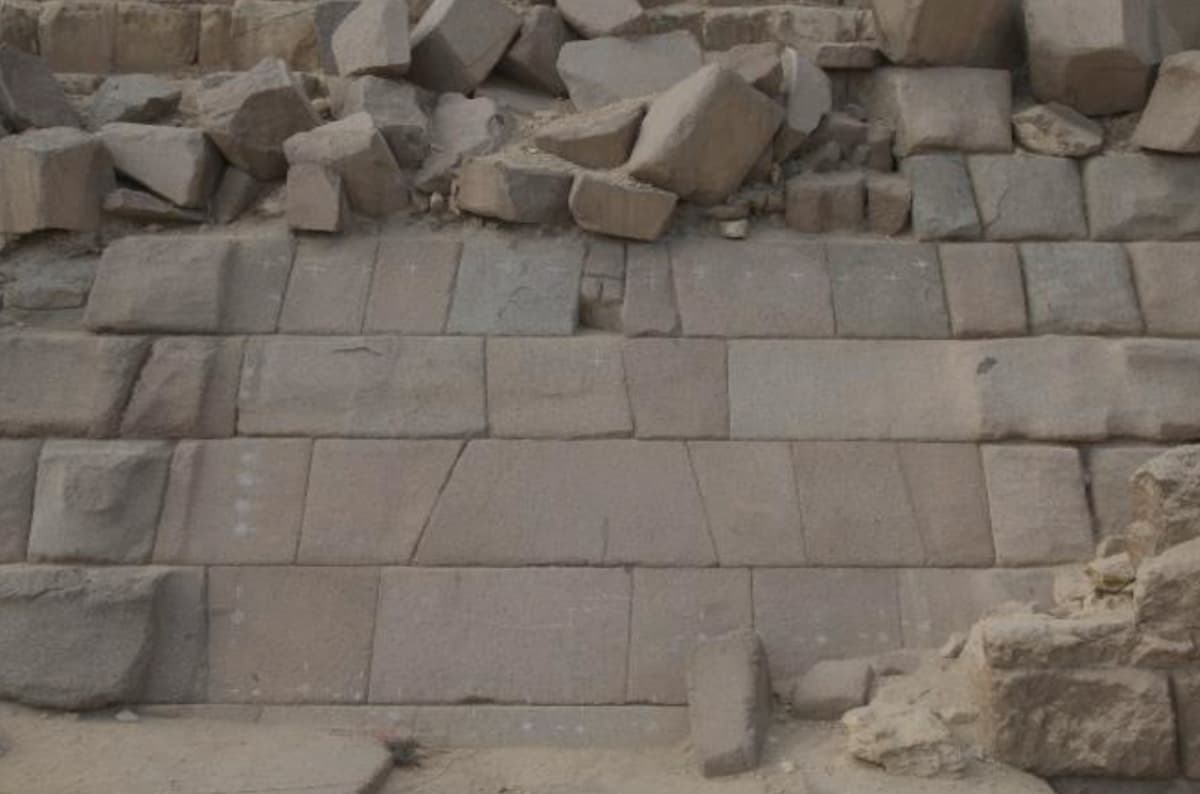
According to the study, the cavities — classified as air voids — are located at depths of 1.4 and 1.13 meters from the outer surface. The deeper one measures approximately 1 meter in height and 1.5 meters in width, while the upper one measures 0.9 by 0.7 meters. This level of metric precision was made possible by integrating the different measurement methods, with image fusion playing a key role in confirming the results and ruling out the possibility of simple irregularities in the infill or masonry.
Professor Christian Grosse, Chair of Non-Destructive Testing at TUM’s School of Engineering and Design and one of the study’s lead authors, highlighted the significance of the breakthrough.
“After the validation of a hidden corridor in the Great Pyramid of Khufu in 2023, the ScanPyramids project has once again achieved an important discovery in Giza,” he stated. “The testing methodology we developed allows for precise conclusions about the internal structure of the pyramids without causing any damage. The hypothesis of an additional entrance is plausible, and our results bring us significantly closer to confirming it.”
The correlation between the polished stone finish — typically associated with monumental entrances — and the presence of air cavities directly behind it suggests a deliberate architectural function.
The next stages of the research, which depend on authorization from Egypt’s antiquities authorities, may include endoscopic inspections or micro-drilling to directly visualize the interior of these spaces and investigate whether they connect to internal chambers or corridors.
Launched in 2015, the ScanPyramids project is an international initiative dedicated to uncovering, with the help of cutting-edge technologies and without causing structural damage, the internal secrets of Egypt’s pyramids — the last great wonders of the ancient world still preserved.
More information: Technical University of Munich. Khalid Helal, Polina Pugacheva, et al. Detection of two anomalies behind the eastern face of the Pyramid of Menkaure using a combination of non-destructive testing techniques. NDT & E International, Volume 155, October 2025, 103331. doi.org/10.1016/j.ndteint.2025.103331

